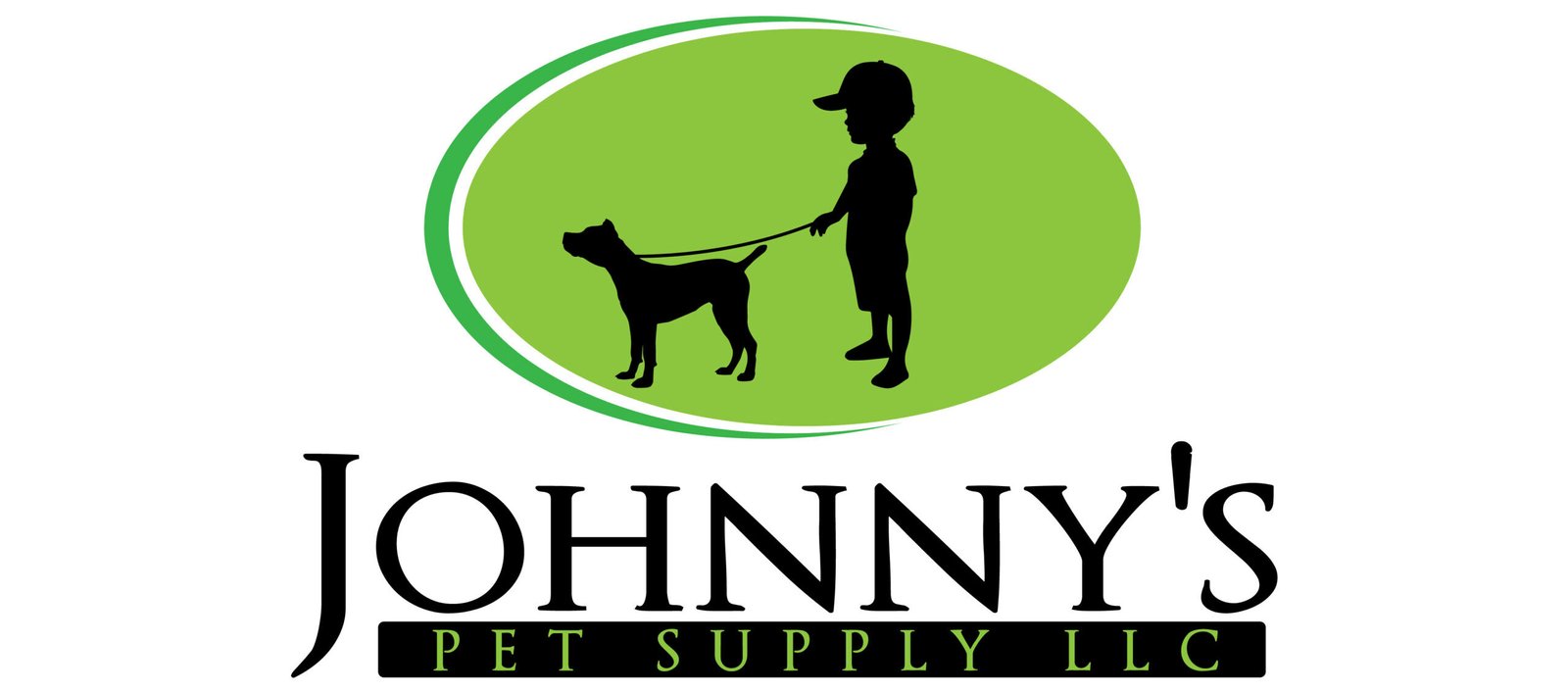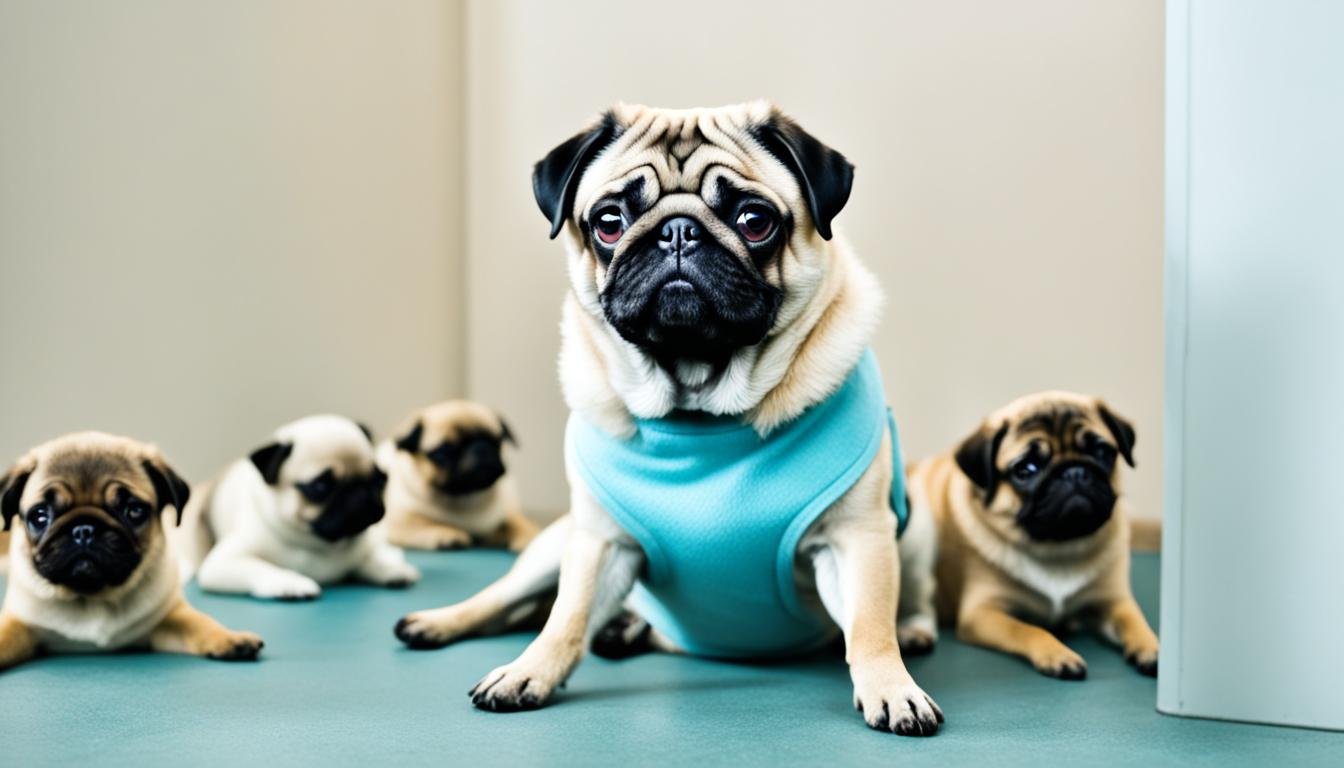The Biggest Mistakes People Make When Socializing Pugs
Socializing a Pug puppy is crucial for their development into a well-rounded and confident adult dog. To ensure a successful socialization process, it’s important to understand the most common mistakes people make and how to avoid them.
During the prime socialization window of 3 to 14 weeks, it’s crucial to start exposing your Pug to new experiences. However, overwhelming them with too much too soon can lead to fear and stress. Gradual exposure to new sights, sounds, and smells is key.
Positive reinforcement is essential when socializing your Pug. Rewarding their positive behavior encourages them to feel more secure and confident in new situations. Handling their paws, ears, and mouth from a young age helps them become comfortable with grooming and vet checks.
It’s important to introduce your Pug puppy to a variety of people of all ages and appearances. Young children should be included, but with gentle interactions. Play sessions with other vaccinated puppies are also beneficial, as they provide an opportunity for your Pug to learn doggy etiquette and play safely.
Taking your Pug puppy to different places, exposing them to various environments, and familiarizing them with everyday noises and car rides helps them become adaptable and confident. Gentle interaction with adult dogs and exposure to water are also important aspects of socialization.
Teaching your Pug puppy independence is crucial for their social development. Allowing them to explore new environments and experiences, without becoming overly dependent on you, will contribute to their overall confidence.
Remember, socialization is an ongoing process that should continue beyond puppyhood. Enrolling in puppy classes or obedience training can provide structured guidance and support your Pug’s social development.
By avoiding these common mistakes and following these tips, you’ll be setting your Pug up for a lifetime of positive social interactions and well-adjusted behavior.
Common Pug Socialization Mistakes to Avoid
Proper Pug socialization is crucial for their development and overall well-being. However, many Pug owners unknowingly make common mistakes that hinder their puppy’s socialization journey. By avoiding these mistakes, you can ensure your Pug develops the necessary social skills and enjoys a fulfilling life.
One common mistake is waiting too long to start socialization. The critical period for socialization in Pugs is between 3 to 14 weeks. Waiting beyond this period can limit their ability to adapt and learn from new experiences. Start socializing your Pug early to give them the best chance at developing proper social skills.
Another mistake is overwhelming your Pug with too many stimuli at once. Introducing them to multiple new experiences simultaneously can cause stress and fear. Instead, gradually expose them to new situations, people, and environments, allowing them to adjust at their own pace.
Forcing interaction or pushing your Pug into uncomfortable situations is detrimental to their socialization process. It damages their trust and confidence, making them more hesitant in future social interactions. Respect their boundaries and let them approach situations at their own comfort level.
Neglecting positive reinforcement is a common oversight. Failing to reward and affirm your Pug’s positive social encounters misses an opportunity to reinforce good behaviors. Use treats, praise, and affection to encourage and reward your Pug for their friendly and confident interactions.
Avoiding new experiences and limiting your Pug’s exposure to varied environments, noises, and people can hinder their ability to handle unexpected situations in the future. Expose them to different situations regularly, allowing them to become familiar and confident in various contexts.
Overprotecting your Pug and shielding them from perceived threats may seem like the right thing to do, but it can prevent them from learning resilience and independence. Allow them to experience mild challenges and learn to navigate their surroundings with confidence.
Ignoring negative behavior during socialization, such as excessive barking or nipping during play, can reinforce these undesirable habits. Address any negative behavior promptly and consistently to avoid potential behavioral issues in the future.
Inconsistent socialization and infrequent exposure to new experiences do not offer the necessary repetition for your Pug to become familiar and confident in different situations. Make socialization a regular part of their routine to ensure they continue to learn and adapt throughout their life.
It’s essential to pay attention to your Pug’s body language and recognize signs of stress or fear. Ignoring these signs can lead to negative experiences and long-term aversions. If your Pug shows signs of discomfort, remove them from the situation and provide reassurance.
Restricting your Pug’s interactions solely to other dogs can limit their social skills. Allow them to meet and interact with other animals, such as cats or small mammals, to broaden their social horizons and develop a well-rounded personality.
Don’t forget about vet-proofing and familiarizing your Pug with typical vet experiences. This helps them develop positive associations with vet visits and prevents fear and stress during actual appointments.
Socializing your Pug only with familiar faces can make them overly protective or fearful around strangers. Introduce your Pug to new people regularly, ensuring they feel comfortable and confident in various social settings.
Avoid punishment-based techniques or harsh training methods. These can break your Pug’s trust and make socialization efforts counterproductive. Instead, focus on positive reinforcement and reward-based training to foster a strong bond and positive social interactions.
Monitoring playtime is crucial. Letting play get out of hand without supervision can escalate to aggressive behaviors or injuries. Ensure play sessions are safe and enjoyable for your Pug and their playmates.
Lastly, ongoing socialization shouldn’t stop after the puppyhood stage. Continuing to expose your Pug to new experiences, people, and environments throughout their life ensures they remain adaptable and well-adjusted.
To be effective in Proper Pug Socialization and ensure your Pug has a positive and rewarding socialization journey, avoid these common Pug socialization mistakes. By providing a Pug-friendly environment and opportunities for social interaction, you can help your Pug develop the necessary social skills for a happy and well-rounded life.
Tips and Tricks for Training a Pug
Training a Pug requires patience, consistency, and a well-thought-out approach. To ensure your Pug develops proper socialization and obedience skills, it’s important to start early and establish a training schedule. Begin training your Pug puppy as soon as you bring them home, introducing them to the behavior you expect from them.
Socialization plays a crucial role in a Pug’s development. It’s important to expose them to various people, places, and situations to help them mature and become well-rounded individuals. Enrolling in a puppy class can provide guidance from a trainer and opportunities for socialization.
When training your Pug, remember to be firm but fair in setting boundaries and enforcing rules. Positive reinforcement is highly effective, so be sure to reward good behavior with treats and praise. Use your Pug’s favorite treats as motivational rewards to encourage them to listen and follow commands.
To address separation anxiety, teach your Pug that you will come back when you leave by creating a safe spot for them at home. Crate training can be helpful for house training and providing a secure space for your Pug. It’s important to be consistent and patient during potty training, closely supervising your Pug and redirecting them to the designated potty spot.
When walking your Pug, it’s recommended to use a harness instead of a collar to reduce pressure on their necks and help with leash pulling. Remember, successful Pug training involves consistent effort, positive reinforcement, and plenty of love and patience.

